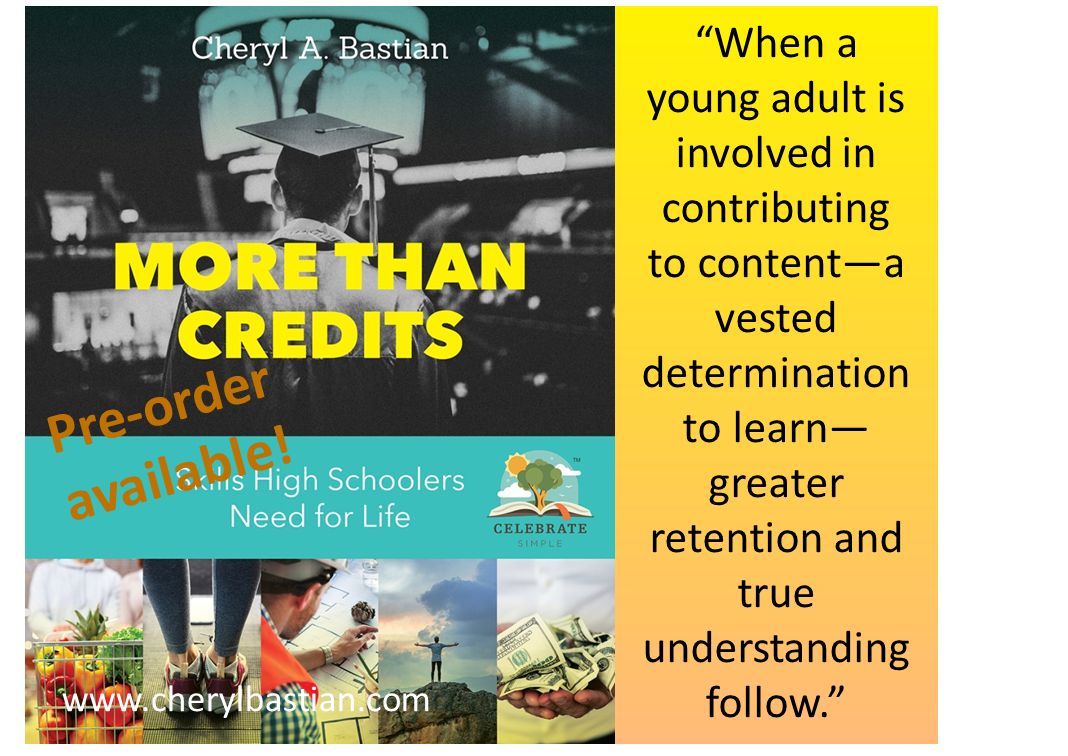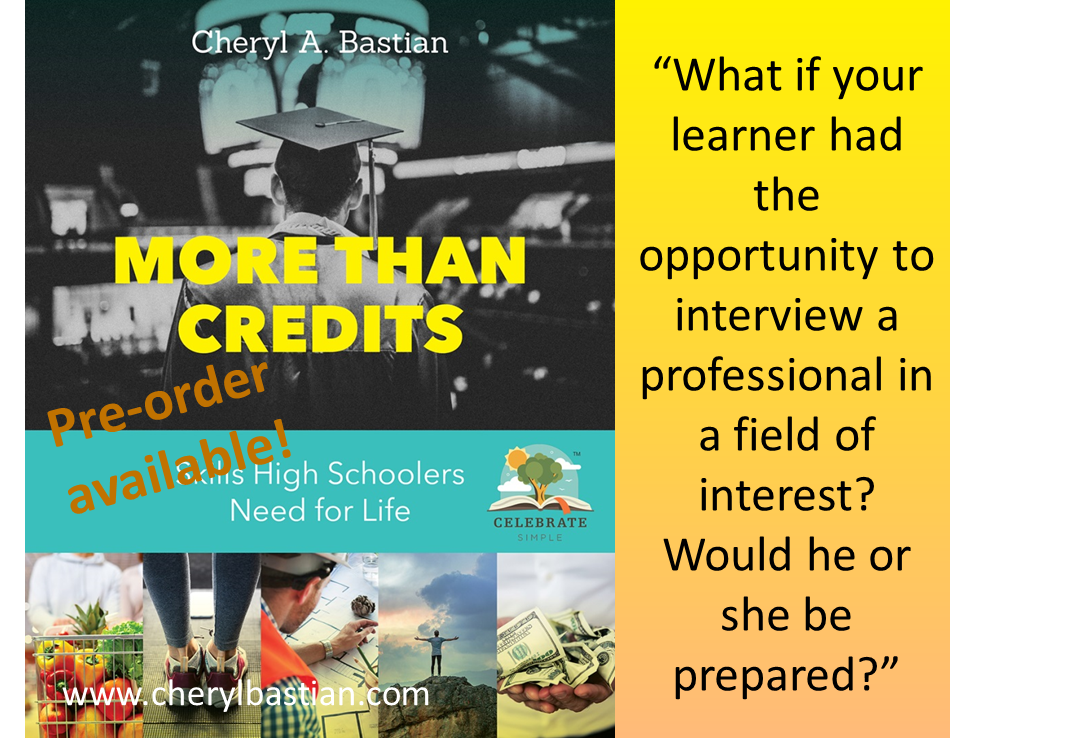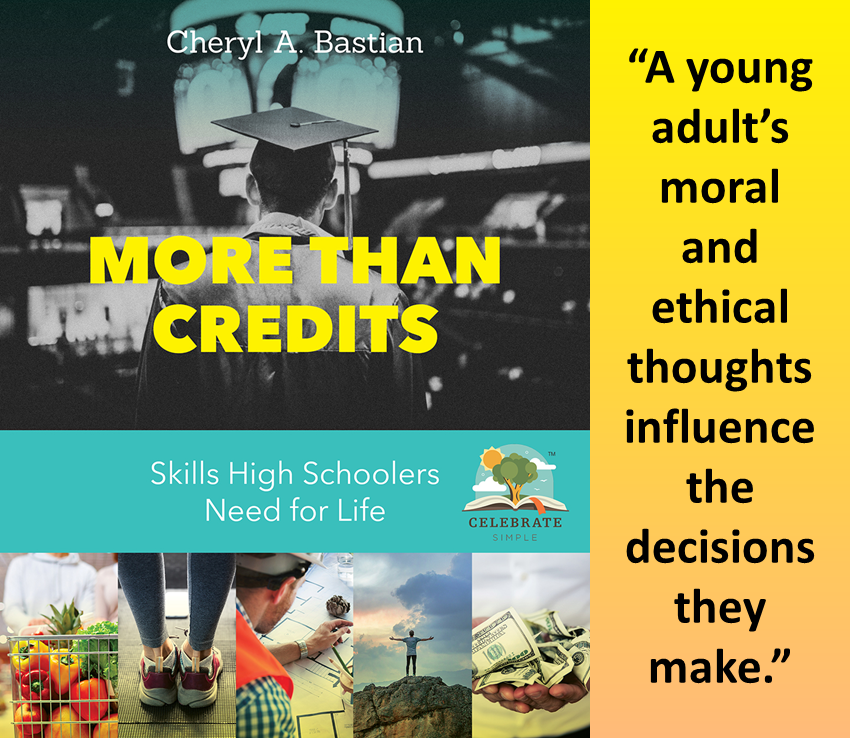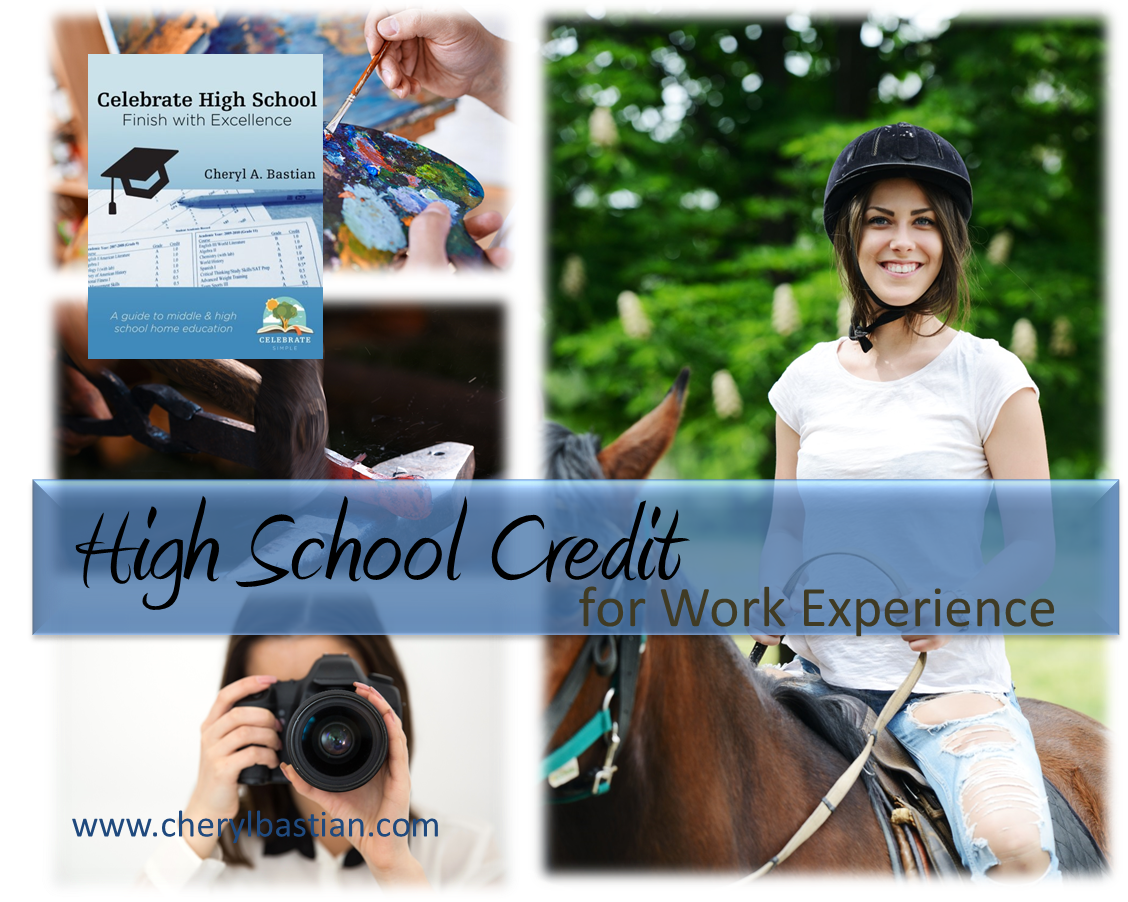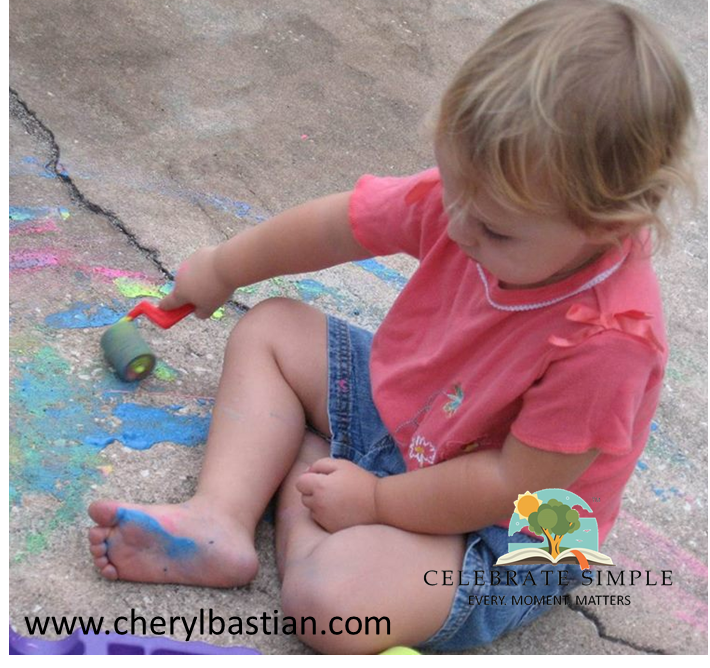Planning 9th Grade with YOUR Freshman in Mind
/Four home graduates. One current high schooler.
Five unique ninth grade years.
As I finished adding the grades for the ninth-grade year of the transcript for our fifth high schooler, the proverbial light bulb illuminated my thinking.
I double-checked, looked over each transcript of our five learners.
Indeed, EACH of our high schoolers had a unique and individualized ninth grade year—distinctive of their gifts and strengths. I knew each of our children were different, yet I hadn’t set out their transcripts side-by-side to compare the courses they had completed in the freshman year. Yes, some had earned credit in the same course, but even the content of those courses varied according to the bents and interests of the learner. Same title, different content. Each learner had individualized educational paths, courses tweaked by interests and strengths, goals and aspirations.
As it should be with homeschooling.
Every learner—gifted—different.
None better than the other.
What were the ninth grade courses on our five high schooler’s transcripts?
One of our learners dug into a variety of interests, from academics to sports to music. This learner also extroverted high schooler wanted to take Spanish earlier in the high school plan so that it could be completed with an older sibling. Further observation lead me to realize this learner was the only one who completed two years of foreign language by the end of ninth grade—making time for other studies; a big WIN as far as she was concerned. These ninth grade course choices were right for this learner and provided distinctive advantages in regards to having time for opportunities which were still to come in the later high school years.
One of our other learners enrolled in high school level courses prior to ninth grade, hence completing Algebra 1 and moving to Algebra 2 in ninth. The same was true for science which paved the way for chemistry to be the logical next step for the freshman year. No other learner took Algebra 2 or chemistry in the freshman year.
This learner was also the only one who completed world history in ninth grade due in most part from having studied history independently—and passionately with much depth—in previous years. We didn’t want freshman year to be a repeat of past content so we allowed this student to continue to study history through travel, historical documents, biographies and other non-fiction resources. This high schooler was also the only sibling who completed economics in the freshman year—again due to personal interest and independent study. This course provided additional fuel business-minded young adult.
This learner was a mover, a kinesthetic.Learning was experiential and hands-on, even through high school. Athletics played a major role in this learner’s life, hence all the PE credits in the freshman year (as well as years to follow). For this learner we chose to split American history into two years—Early American (up to the Civil War) and Modern American (after Civil War) allowing time to add experiential learning to a text and provide extended time to other subjects of interest.
This introverted learner loved people—understanding how they thought and were motivated—and was eager to have people live their best lives—hence the bent toward sign language. Interestingly, this young adult’s ninth grade year was also the year our sweet great-grandmother was very ill and in and out of facilities (which the learner requested to tour and research because of the love for Grammy). This learner asked to be a part of the process and dialogued (summarization, recall, and interpersonal communication) with me (and her grandmother) about what was being learned through this heartbreaking journey. This high schooler was also an entrepreneur and a creative—owned a small business—hence the business and creative arts electives. Different learner. Different interests. Different courses.
Another introverted creative, this learner set up a work studio where endless handmade cards were made with numerous types of media and by various techniques. Hours were spent learning technique, researching skills, and experimenting creatively. Hence, this high schooler earned credit in courses not considered by our others—Foundations in Interior Design, Stamp and Stationary Art Design, and Survey of American Musicals. This learner, like several siblings, earned credit for personal fitness, yet her content was very different from the content of athletes who spent hours on the field or in the weight room. This high schooler chose her own relaxing, peaceful blend of aerobics, stretching, and strengthening—using personally-selected workout videos.
Five freshman years each with unique content and character—personalized to the interests of the learner earning the credit.
Personalization doesn’t have to end in ninth grade! In fact, it can continue throughout the high school years in order to help our young adults learn who they are, what they were created for, and how they can bring value to the community in their spheres of influence—at home, across the nation, and throughout the world.
Need guidance in the journey to make high school matter beyond the turning of the tassel?
My NEW BOOK, More than Credits: Life Skills High Schoolers Need for Life, offers frameworks (think practical skill acquisition from real-life, project-based learning, experiential opportunities, related literature and writing assignments, and meaningful decision topics and questions) for FIVE elective courses:
Nutrition and Wellness
Personal Fitness
Personal Awareness and Career Exploration
Philosophy, and
Personal Finance
The contents of each class are not just boxes to check, but ideas meant to be tweaked and adjusted for each learner based on what they may already be doing.









